This guide to the best warm weather fabrics will help you look good and feel great all summer long.
Is it possible to stay both cool and fashionable this summer, whether at work or at play? Yes, if you choose your clothing intelligently.
However, the wrong choices may lead to visible sweat stains, being uncomfortably warm and retained odors.

To find the perfect garment for hot weather, consider its breathability, wicking ability, weave and fit. Whether you prefer natural, organic, synthetic or blended fabric, there are plenty of great options to choose from.
Weave? Wicking? Breathability?
First, let’s define some terms you’ve probably heard used to describe certain types of fabrics:
Breathability is the ability of air to flow through a garment to speed up sweat evaporation. The tighter a weave, the more dense the fabric, and the less breathable it is. For example, chambray and denim are both made from cotton and have a similar weave.
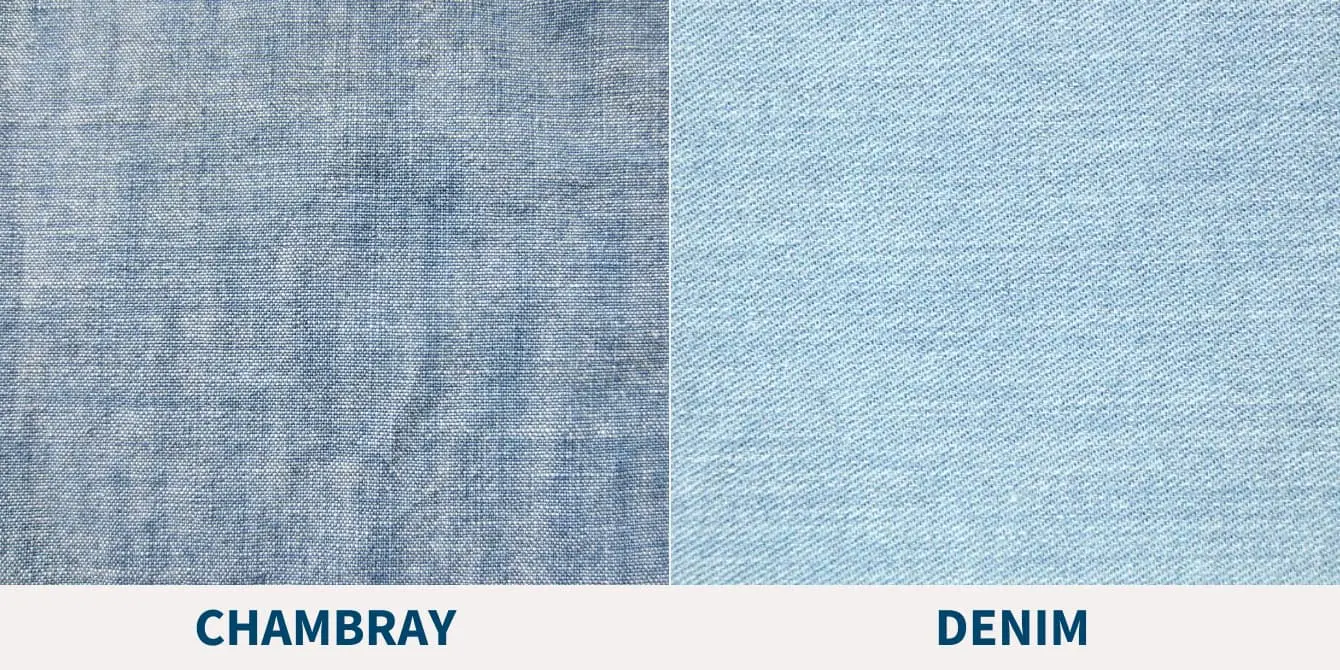
However, denim uses much thicker yarn and a tighter weave which makes it more durable, but less breathable. Jeans are a good choice for cold weather, but not really for heat.
Wicking is the ability of a material to move moisture away from the skin, while not being absorbed by the fabric itself.
Cotton, while breathable and often lightweight, absorbs and retains moisture. It does not wick it to the surface.
Wools and some synthetics are great at wicking moisture away from the skin to the surface of the garment where it evaporates without leaving you feeling clammy.
Quick-drying fabrics help keep you cool. If the fabric stays damp, it defeats the purpose of wicking. This is especially important if you live in humid climates.
Fit Matters
Not only does the content of the fabric matter in clothing’s comfort, but the fit also factors in. For instance, clothing that is breathable but not wicking requires a looser fit to keep cool. If it’s skin tight, it becomes clammy as it absorbs moisture.
You May Also Like…
Are you enjoying this article? You might want to read this one next:
Summer Style Tips: How to Stay Cool, Fresh and Stylish
Don’t worry, it opens in a new window 😉
Conversely, great wicking fabric needs to sit close to the body for it to be able to wick the moisture from your skin’s surface.
Some fabric weaves have actually been designed to slightly lift the fabric off your skin. Seersucker and pique are great examples.
The texture keeps the fabric from clinging to your skin, increasing breathability, even if it’s a non-wicking fabric.
Natural, Breathable Fabrics
Let’s take a look at five of the best natural, breathable fabrics.
Cotton
Cotton is a hot weather favorite because it’s highly breathable and versatile. It comes in many different weaves, including jersey (t-shirt material), seersucker, chambray, poplin and pinpoint.
It helps keep you cool, but because it absorbs moisture, it is better for low-sweat activities (not workout clothes).
Cotton accepts dye really well, and it’s durable, soft and washable. These are some of the reasons why so much clothing is made with cotton, including business wear.
The only negatives are that it doesn’t wick moisture away, may show sweat spots and can shrink in the washer/dryer process.
Linen
Linen is another fabric that is typically associated with high fabric breathability and cool, breezy summer clothing. It is made from the flax plant.
The relatively large fibers and loose, open weaves used in producing linen clothing make it a very cool fabric to wear and a great fashion statement.
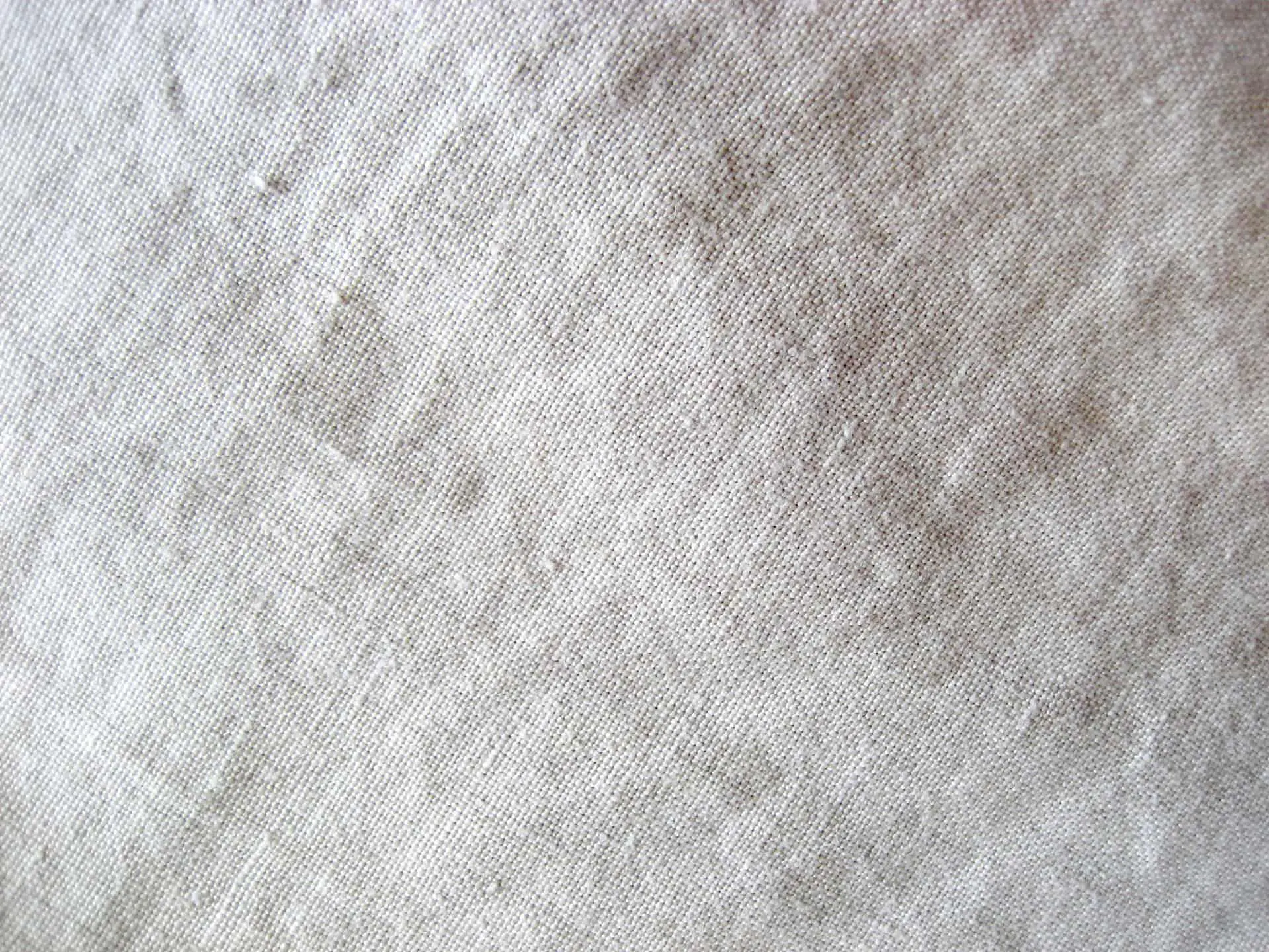
Its durability, breathability and easy care have made it a favorite for bedding. Unfortunately, linen wrinkles easily, absorbs and retains moisture, and dries slowly.
Hemp
Hemp is a great fabric choice if you are a fan of cotton. Like cotton, it is highly breathable and accepts dye well.
Plus, compared to cotton, it has superior wicking abilities, does not retain heat, is fairly stretchable and is actually anti-bacterial.
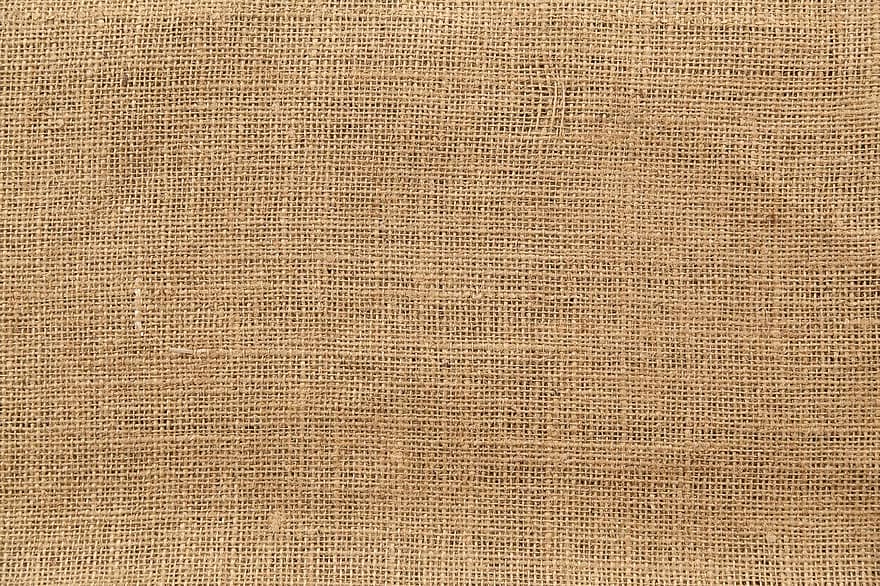
With the advent of legalized hemp production in the U.S., hemp clothing is set to become a fashion staple.
Silk
Silk is another highly breathable fabric. It’s lightweight and drapes well. Combined with wool, it creates beautiful fabrics for suits and sport coats that wear well year-round.
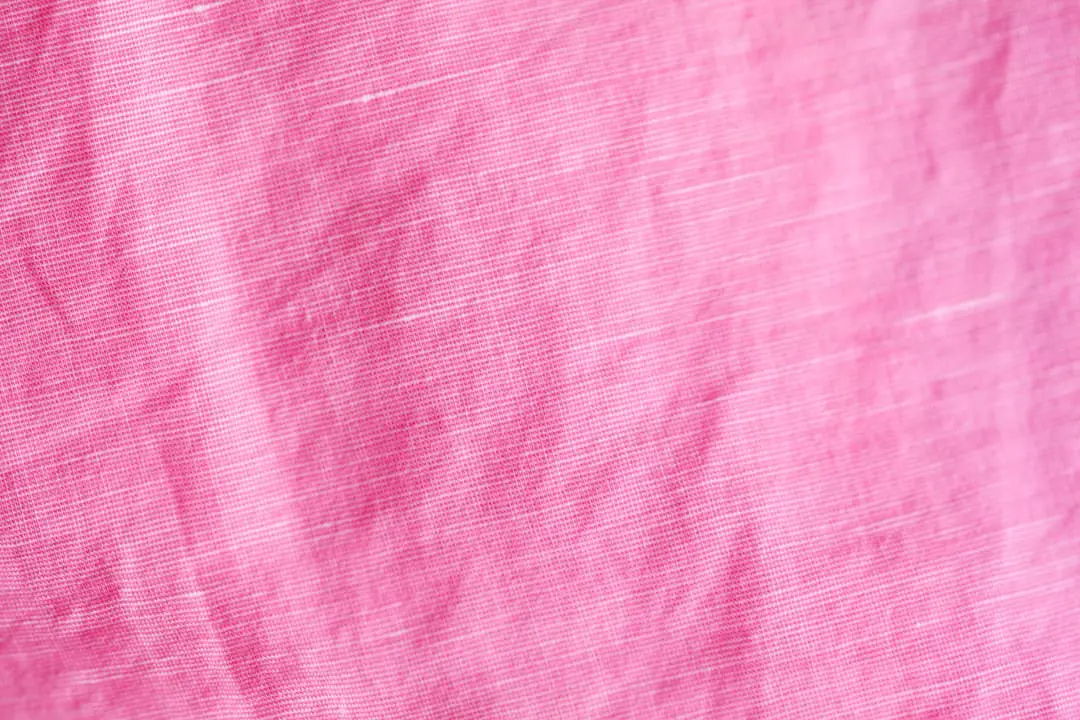
Its drawbacks are that it shows sweat stains because it absorbs moisture and dries slowly. It can also wrinkle easily and retains odors.
Merino Wool
Merino Wool is another natural fabric that can be adapted for summer wear. Wool regulates heat by creating pockets that trap air.
If woven using fine fibers, wool is highly breathable and wicks moisture to the surface without retaining it.
Some of the best dress and athletic socks rely on wool to help prevent hot, sweaty, stinky feet.
Synthetic Fabrics Made From Cellulose
While many of us associate synthetic fabrics with hot, clingy, sticky, suffocating, plasticky fabric, that is no longer true.
Many “synthetics” are actually made from highly processed natural fibers (wood pulp) that are lightweight and breathable.
They have the added bonus of wicking moisture from the skin to make you feel cool.
Rayon
Rayon is the general term used for any fabric made from cellulose fibers found in wood pulp. Rayon is moderately breathable, has a silky texture, drapes nicely, and dries quickly if you sweat.
Its disadvantages are that it doesn’t wick well and requires dry cleaning. It is best suited for dry heat climates rather than humid ones.
Viscose
Viscose refers to the manufacturing and weaving process that produces some rayons. Fabric content labels will use Viscose, Viscose Rayon or Rayon to refer to the product.
It feels like cotton but looks like silk. It works well when combined with other fabrics such as bamboo or cotton.
Bamboo
Bamboo is highly breathable and moisture wicking, and it has the bonus of protecting you from ultraviolet rays.
Most bamboo fabric is viscose. It’s strong and silky; it drapes well and lasts a long time.
It’s as breathable as cotton, yet stretchier, and because the fibers can be woven into high thread counts, bamboo garments are often thinner than cotton ones.
Bamboo is often the best choice for socks, t-shirts and underwear.
Micromodal
Micromodal is made from beech tree pulp and is a form of rayon. It’s soft, durable and breathable.
It’s 50% more absorbent than cotton, and it wicks perspiration away from your skin so you feel dry.
These characteristics make it a great choice for undergarments where its propensity for pilling won’t be an issue.
Petroleum-Based Fabrics
Let’s not leave out the popular petroleum products.
Nylon
Nylon makes you believe that plastic fabric doesn’t have to be stifling. It wicks moisture well, dries quickly if you sweat, and depending on the weave and composition, nylon can be very breathable.
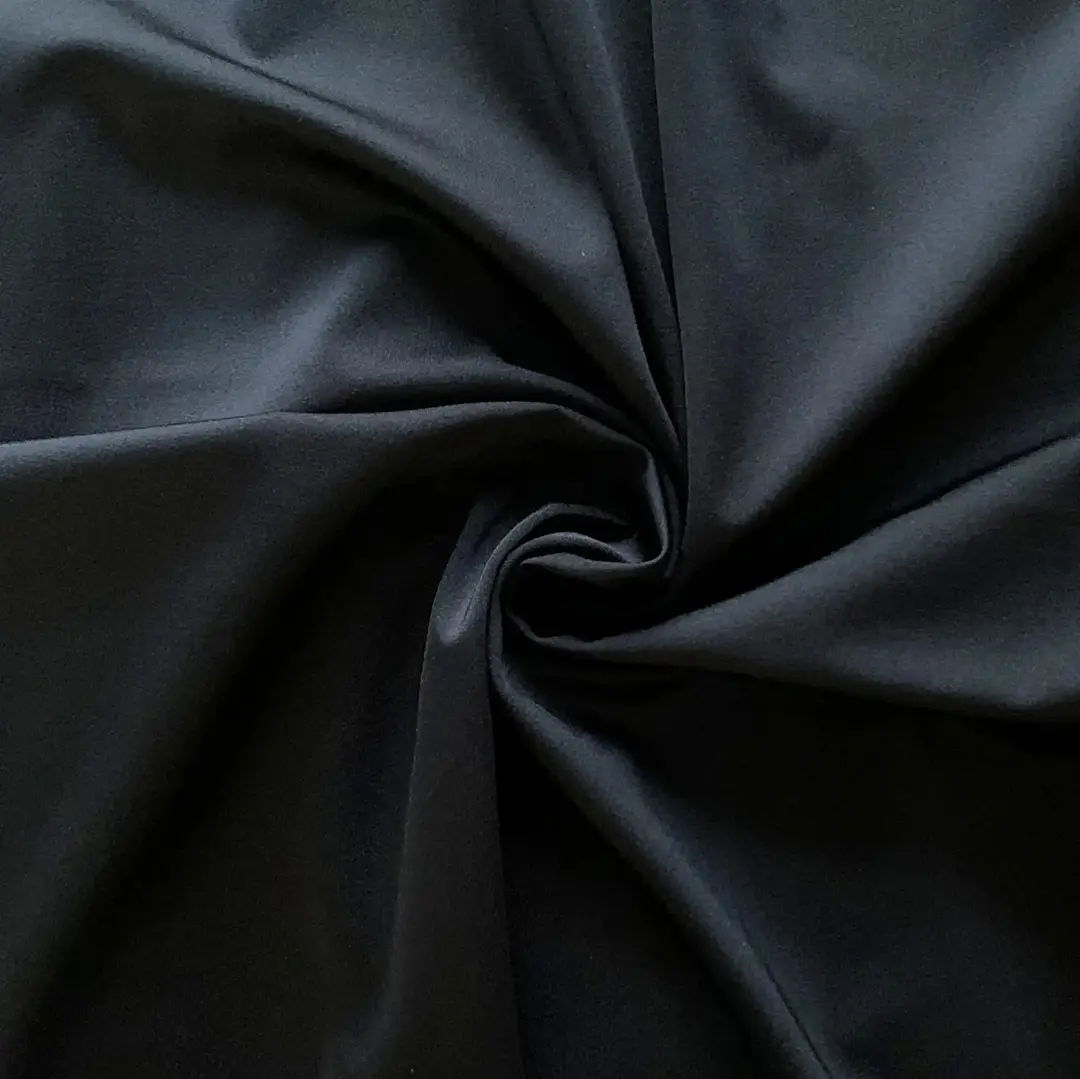
It also creates soft fabrics that are mildew resistant. Nylon’s main drawback is that it retains odors.
Polyester
Polyester is another durable, wrinkle resistant, lightweight, breathable and non-absorbent wicking fabric. It also repels ultraviolet rays and is insulative even when wet (not something you necessarily need in summer).
These attributes make polyester a great fabric for workout clothing. Like nylon, however, it does retain odors and will even allow bacteria to thrive.
Polypropylene
Polypropylene is a great material for athletic clothing. It’s completely water-resistant – forcing moisture to pass through the fibers and expelling them to the surface where they evaporate.
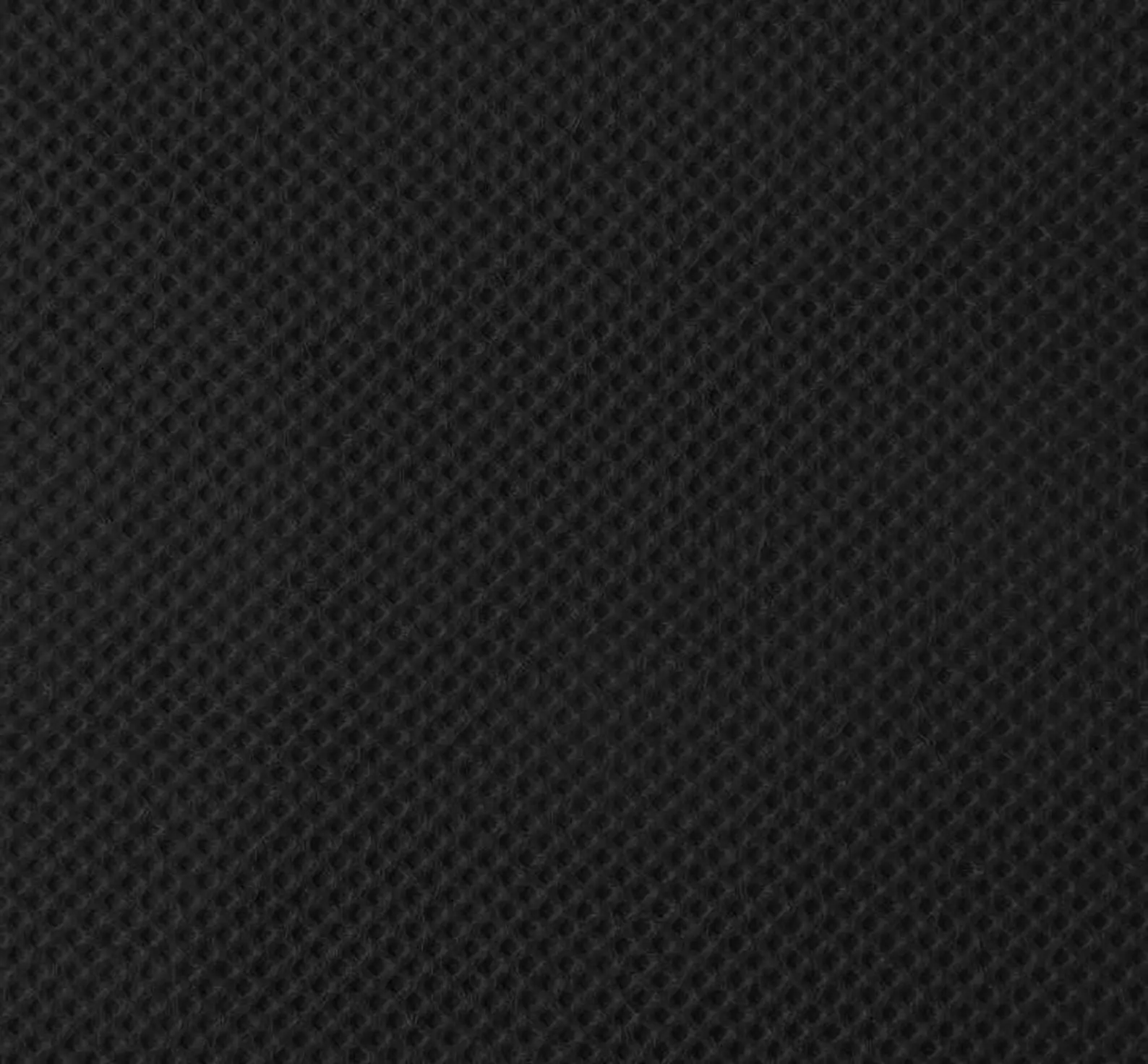
It’s a superior base layer or sock material, especially when combined with a natural fabric like wool.
High-Tech Fabrics
Many companies have been creating patented, specialized fabrics that fill specific niches. Great examples are Gore-Tex and PolarTec.
Many are geared toward performance wear, and while they may not be breathable (Gore-Tex), they can be great at wicking moisture (PolarTec).
Coolmax
Coolmax was developed in the 1980’s by DuPont Textiles and Interiors (Invista) to help keep soldiers and police officers dry under their uniforms.
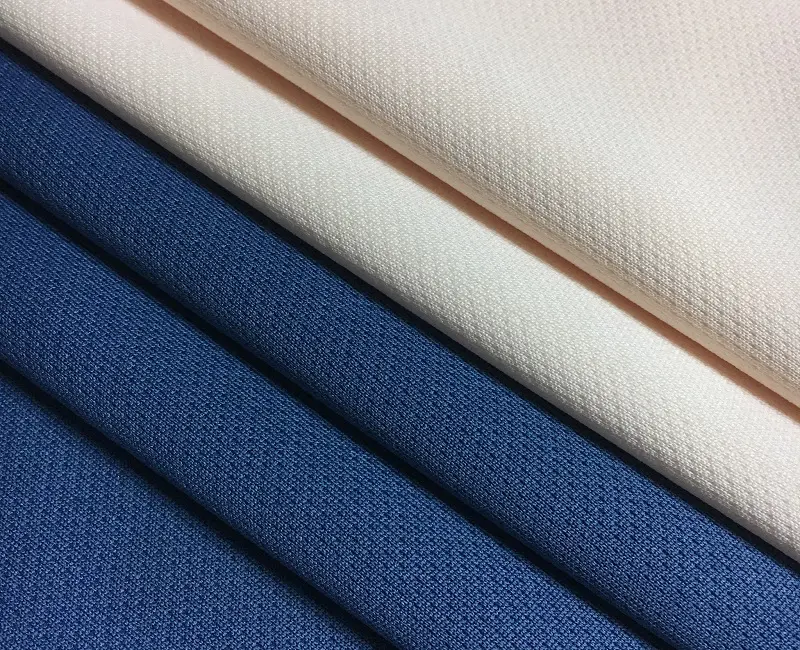
It’s made of polyester fibers engineered to be breathable, while still being highly wicking, so sweat can evaporate in the space between the under-layer and the uniform.
Supplex
Supplex, another Invista product, was designed to mimic the feel and look of cotton without being prone to shrinking, fading and creasing.
It’s breathable, holds its shape, is quick-drying and retains its color well.
How to Stay Cool
Generally, you can keep cool by wearing clothing that is either breathable or moisture wicking, although there are a few fabrics that can do both.
If you’re relying on breathability, look for fabrics that have a looser weave and finer yarns. If in doubt, hold the fabric up to a light source. The more you can see through it, the cooler you’ll be.
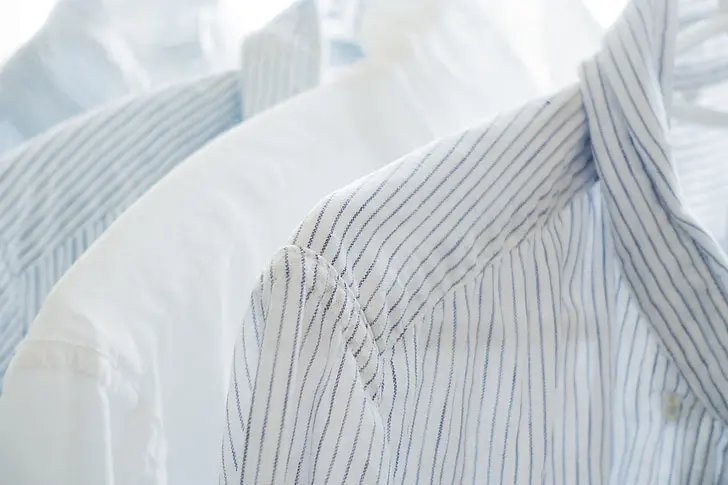
You also want to look for a loose and relaxed fitting garment that lets air circulate.
Clothes that rely on breathability alone work best in drier climates where any sweat moisture can easily evaporate, allowing the body to cool down naturally.
High humidity environments and athletic gear are better served by fabrics that rely on good wicking action and quick drying times.
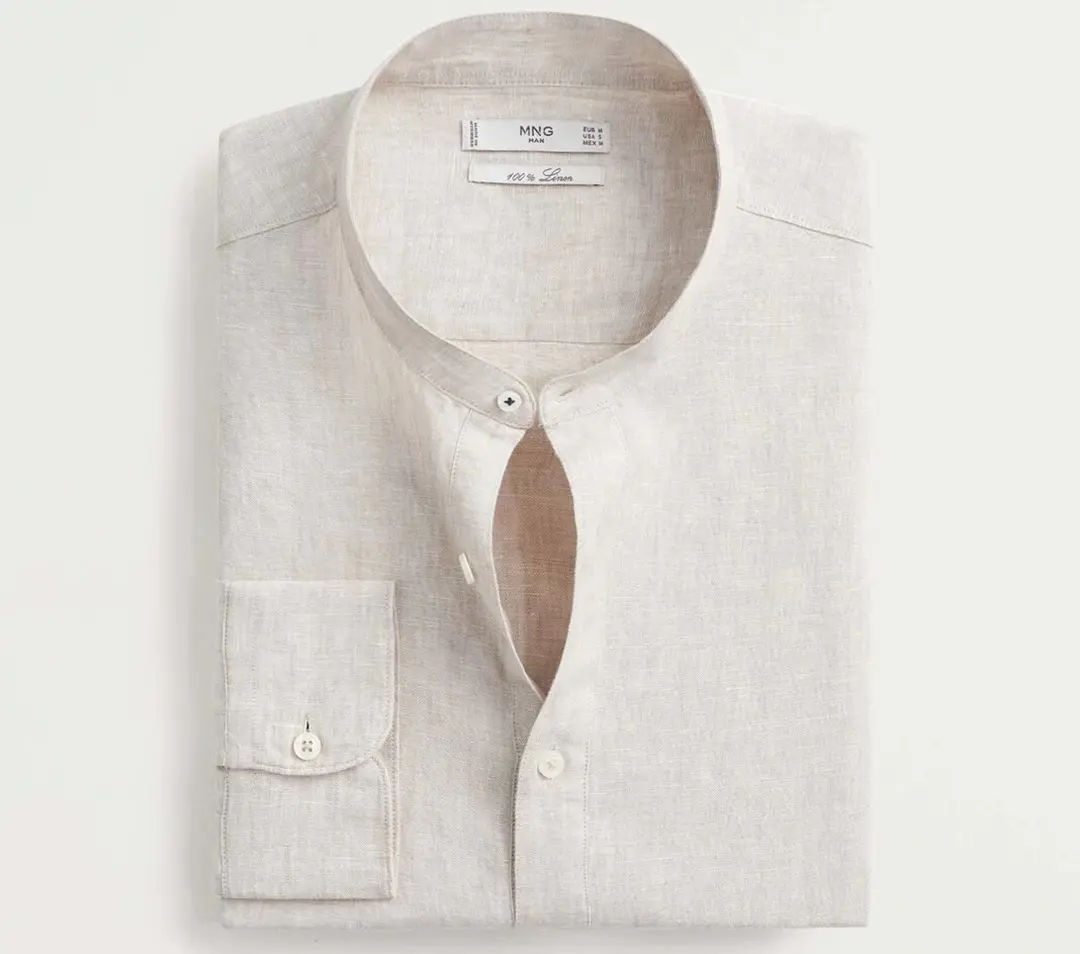
Clothes should have some contact with the skin (although not be restrictively skin tight) so moisture can move to the surface and evaporate.
Luckily, manufacturers are formulating new fabrics that combine good wicking action with comfort, antibacterial abilities and even UV protection.
Whether you choose to wear natural or synthetic clothing, each comes in fashionable alternatives for every climate, purpose and activity.
Knowing which best suits your needs and environment will help you look sharp and feel good all summer long.
Fabric Properties Comparison Table
If you really want to geek out, here’s a table that lets you compare the properties of all of these fabrics:
| Breathable | Wicking | Fast Drying | Retains Odor | Wrinkle | Laundry | Dyes Well | Durable | Stretch | Other |
|
|---|---|---|---|---|---|---|---|---|---|---|
| Natural Fiber | ||||||||||
| Cotton | Very | No | Show | Yes | Shrinks, fade | Yes | Yes | |||
| Linen | Highly | No | Show | Yes | Shrinks | Yes | Yes | Low | ||
| Hemp | Highly | High | Yes | Yes | Yes | Antibacterial | ||||
| Silk | Yes | No | Show | Yes | Yes | Low | ||||
| Wool | Moderate | High | No | |||||||
| Wood Pulp | ||||||||||
| Rayon/ Viscose | Moderate | No | Yes | Dry Clean | Yes | |||||
| Bamboo | Yes | Yes | No | Yes | Medium | UV Protection | ||||
| Micromodal | Very | High | Easy | yes | High | |||||
| Petroleum Based | ||||||||||
| Nylon | Varies | Medium | Yes | Yes | High | Micromodal Resistant | ||||
| Polyester | Very | High | Yes | Yes | No | Easy | Yes | Medium | UV Protection | |
| Polypropylene | High | Yes | ||||||||
| Patented Fabrics | ||||||||||
| Coolmax | Yes | High | Yes | |||||||
| Supplex | Yes | Yes | Yes | No | No Shrinkage | |||||
| Tasc | Yes | Yes | Yes | No | No Shrinkage or fading | Yes | UV Protection |
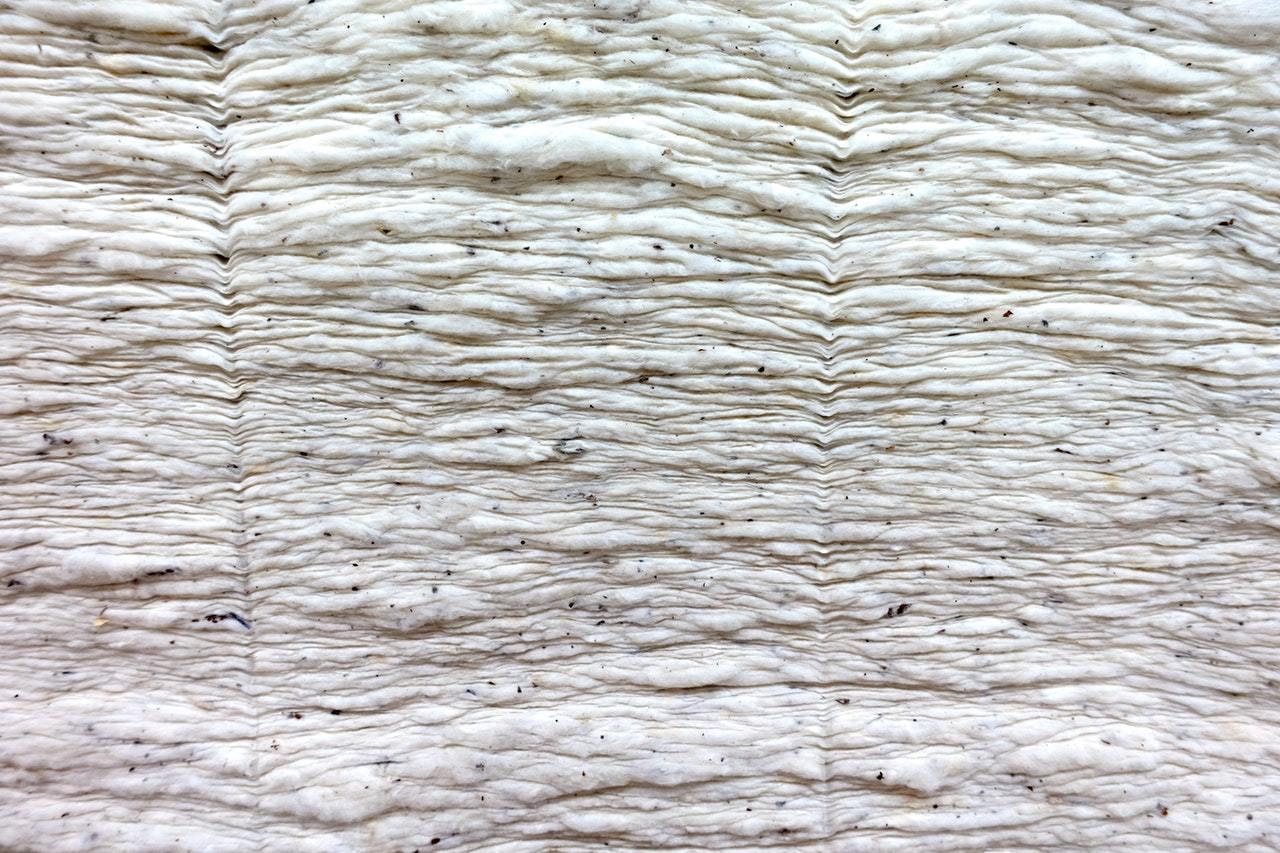
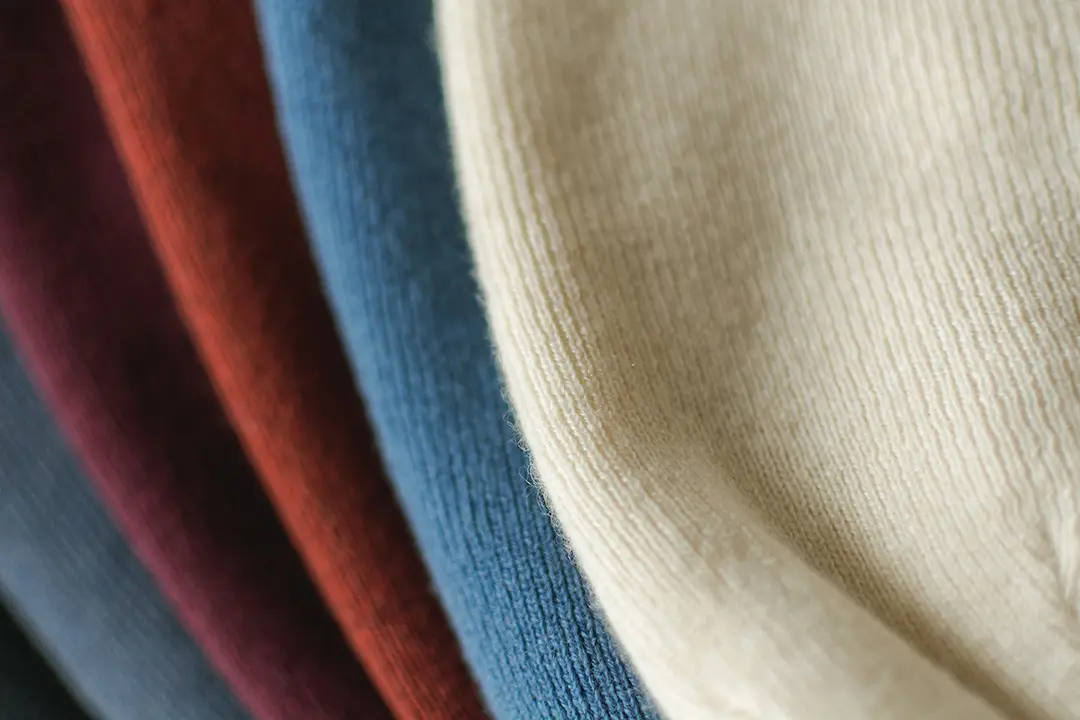
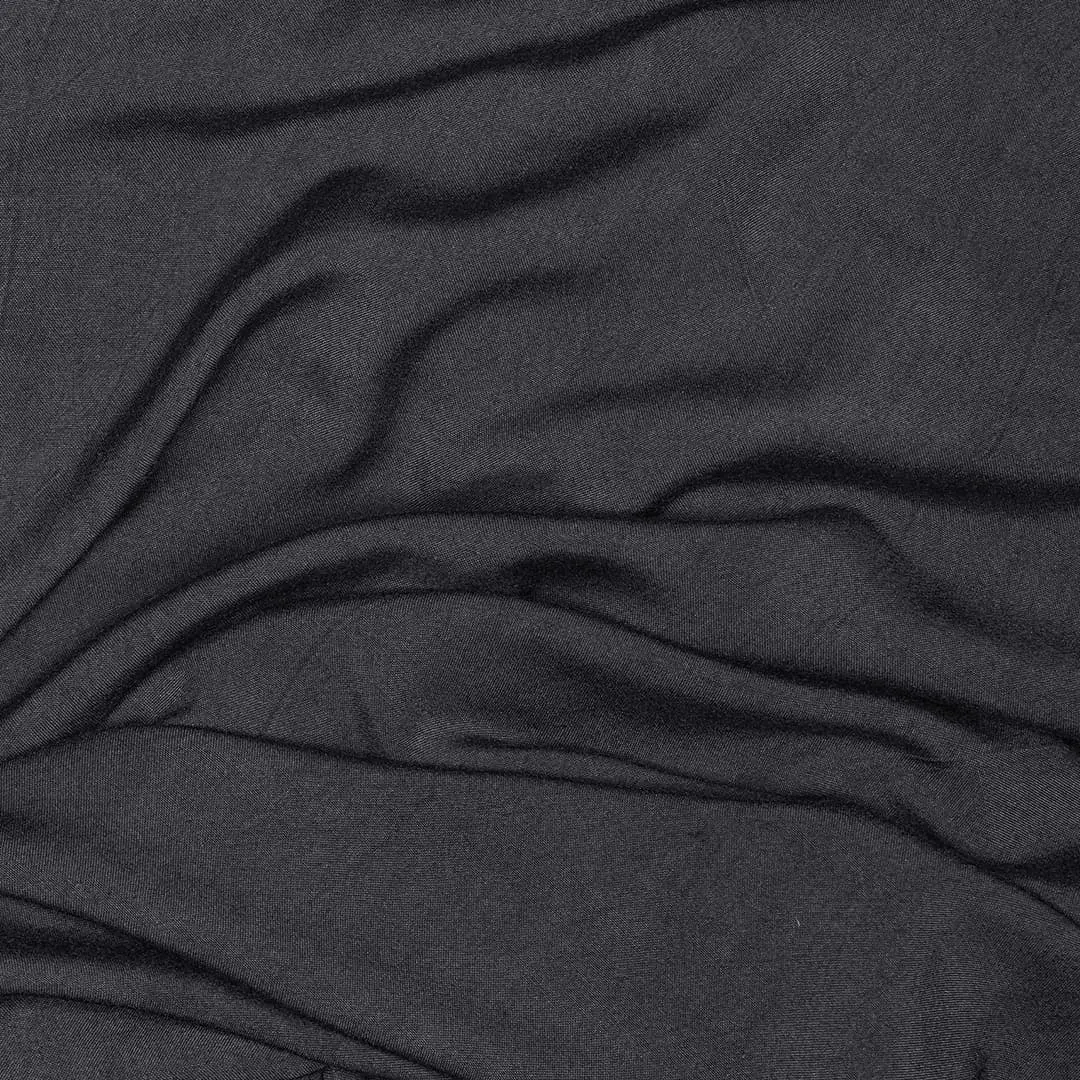
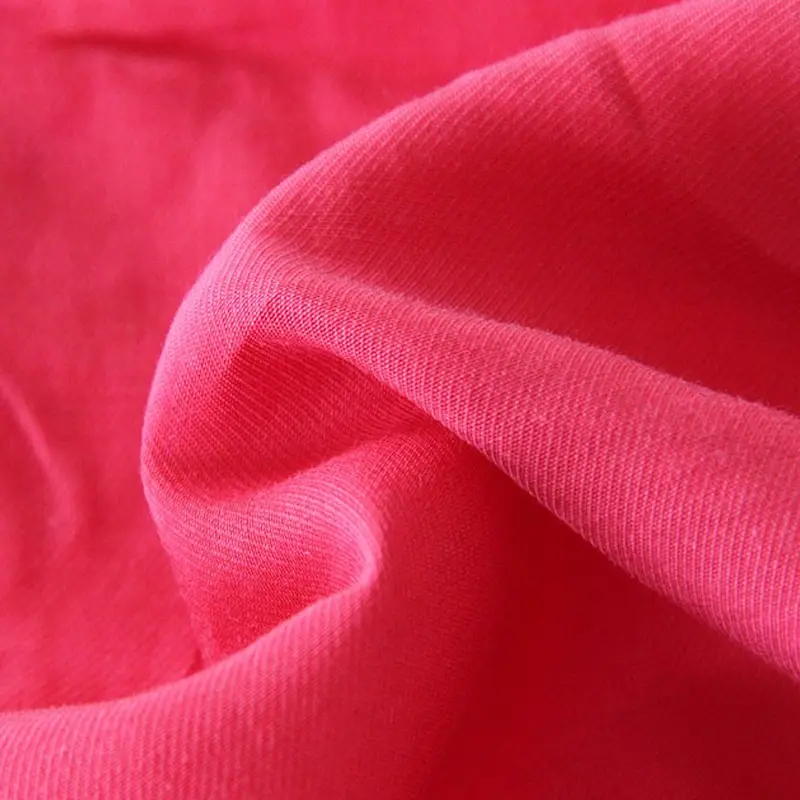
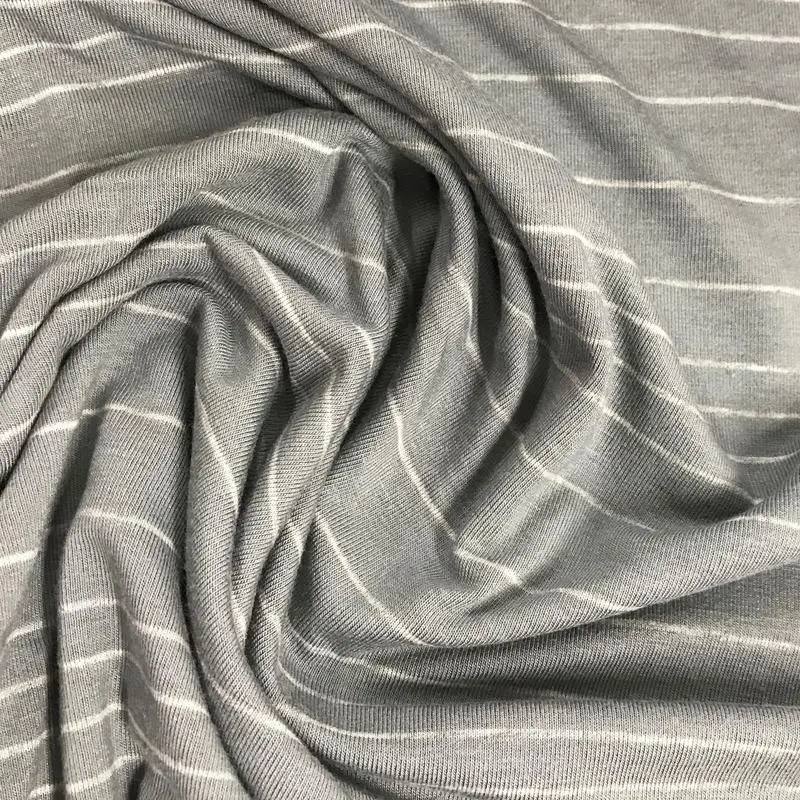
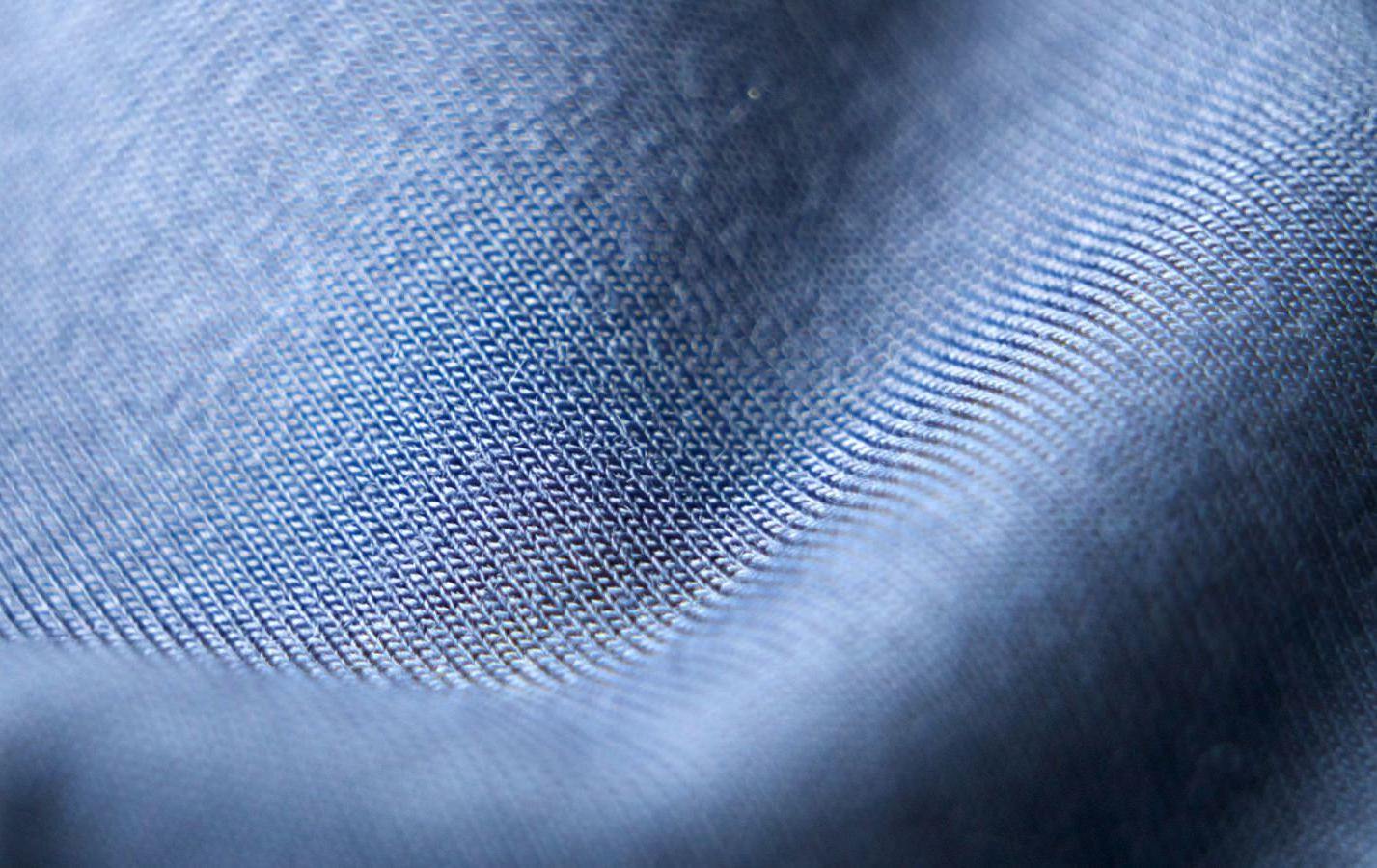
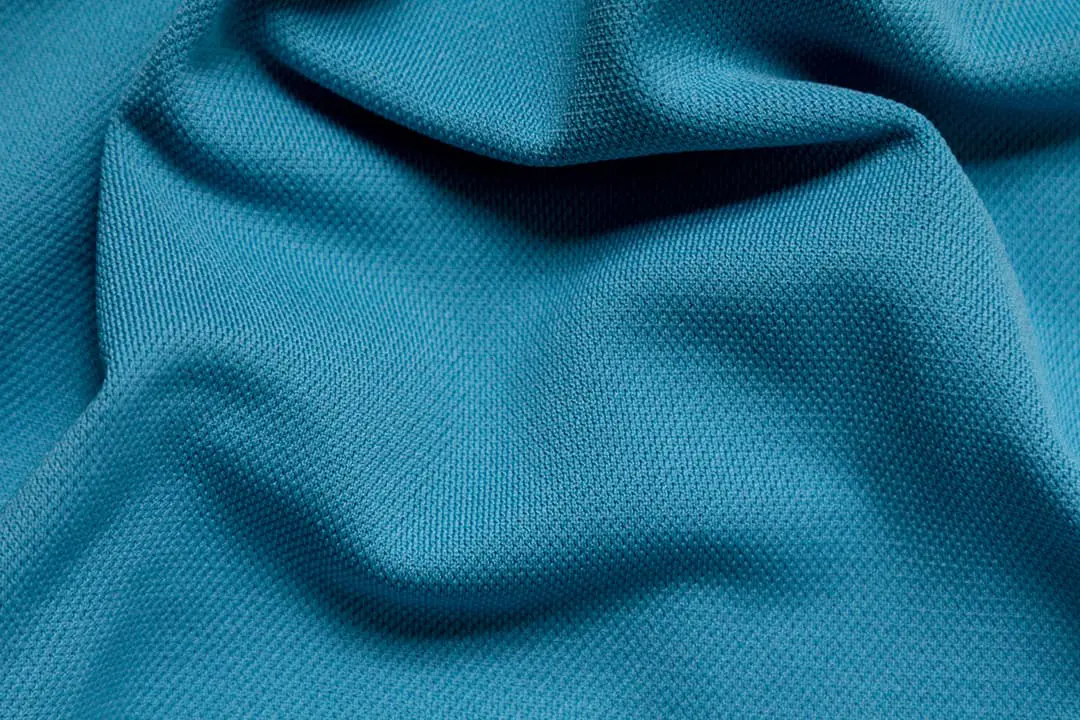
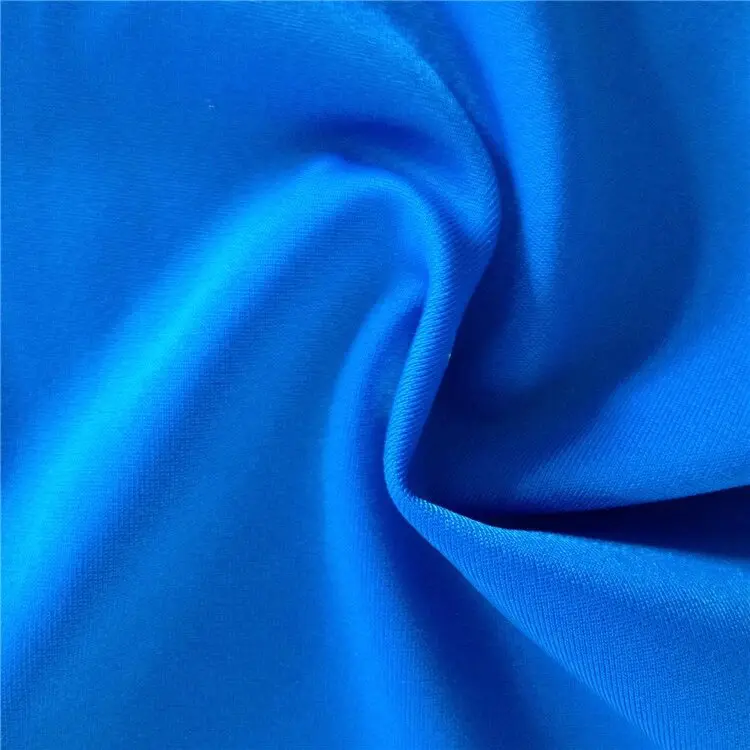

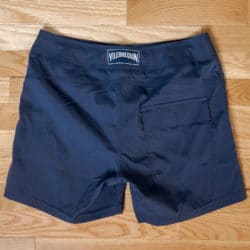
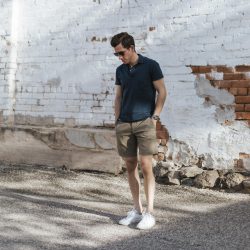

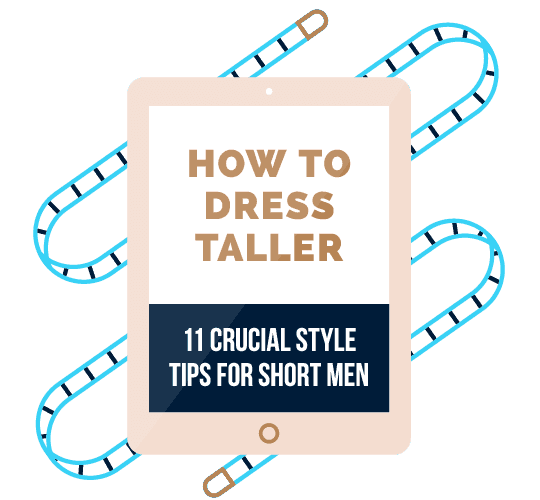

Super helpful. Thank you.
Could you make that table printable, or at least viewable as a single screen?
What an awesome and educational article, thank you. I have only just perused through all of this and will sit down and read everything more carefully. Working in a men’s store will help me to understand and be able to educate myself and my customers in a much informative way to benefit us all. Kind regards.
Another fab article. I was just wondering why is the “FABRIC PROPERTIES COMPARISON Table” not completely filled in?